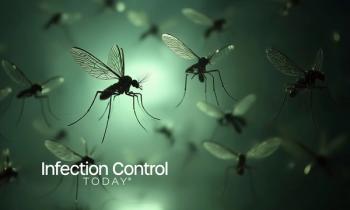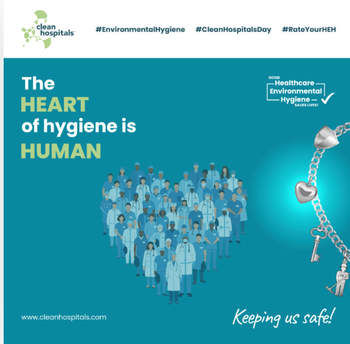
New York City Fire Department Helps Protect Itself Against Needlestick Injuries With B. Braun Safety IV Catheter Contract
BETHLEHEM, Penn. -- B. Braun Medical Inc. announced today that the New York City Fire Department (FDNY), the largest fire department in the U.S., has implemented a contract for B. Braun's Introcan Safety IV Catheter, an IV catheter designed to protect against accidental needlestick injuries that can cause exposure to bloodborne pathogens including human immunodeficiency virus (HIV), hepatitis B virus (HBV) and hepatitis C virus (HCV).
With the passing of the Needlestick Safety and Prevention Act (NSPA) by Congress in November 2000 the issue of needlestick injury has been launched into the national spotlight. According to the National Institute for Occupational Safety and Health (NIOSH), an estimated 600,000 to 800,000 needlestick and other percutaneous injuries occur among U.S. healthcare workers annually. The Centers for Disease Control and Prevention (CDC) estimate that 62 to 88 percent of sharps injuries can potentially be prevented by the use of safer medical devices.
The passive Introcan Safety IV Catheter is designed to minimize accidental needlesticks by automatically deploying a stainless steel safety clip to shield the IV needle tip as the needle is removed from the catheter. Unlike user-activated safety IV catheters, the Introcan Safety IV catheter's passive design facilitates compliance since the safety mechanism cannot be bypassed. This passive design also eliminates risk of inadvertent activation while offering a short learning curve - since there is no need for a user to incorporate extra or new steps to deploy the safety device.
The Introcan Safety IV catheter's passive design and removable flash plug allows blood sampling and testing, which is critical for paramedics when stabilizing unconscious or unresponsive patients. In addition, a syringe can be pre-attached to the Introcan Safety IV Catheter to facilitate aspiration and injection during insertion. The Introcan Safety IV catheter is available in a variety of sizes and materials to meet a wide range of clinical needs.
"Although the 2000 Needlestick Safety and Prevention Act has focused the nation's attention on needlestick prevention in the hospital setting, healthcare workers outside the hospital, including paramedics and emergency medical technicians, are also at risk for accidental needlestick injuries that can expose them to bloodborne pathogens," said Sheila Kempf, vice president of marketing for B. Braun. "We are pleased to offer New York City paramedics the Introcan Safety IV Catheter, a cornerstone product in B. Braun's People, Products and Programs" safety initiative."
Source: B. Braun Medical Inc.
Newsletter
Stay prepared and protected with Infection Control Today's newsletter, delivering essential updates, best practices, and expert insights for infection preventionists.





